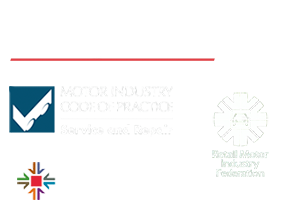Tyre Basics and Facts
Tyres
Like anything you need to pay for quality to get quality! It is worth investing in better tyres as the benefits; make the extra cost outlay worthwhile. These include lower fuel consumption, lower road noise, better handling, better grip, longer tyre life and shorter stopping distances.
EU legislation introduced in 2012 means that all tyres being sold by retailers now display a label, detailing various performance attributes. The tyres are given a rating system (similar to that of white goods) with grades awarded based on how safe the tyres are, braking distances in the wet, fuel-efficiency and noise levels. The decision on which tyre to choose has become an awful lot easier.
Tyre Tread / Pattern
The tread pattern works to remove water on the road surface, enabling the tyre to grip steer and accelerate properly. If this is worn too low it will not be effective (see tread depth).
Asymmetric or directional tread patterns are designed to be more effective in one direction only, so fitting a tyre the wrong way round can dramatically affect its performance. Asymmetric tyres have a marking on the tyre sidewall to indicate which side of the tyre should be fitted to the outside of the car whereas manufacturers place a rotational indicator on the side of directional tyres to show which way round it should be fitted.
Tyre Tread Depth
The UK law requires car tyres to have a minimum of 1.6mm of tread across the central three-quarters of the tyre, around its entire circumference. However, some tyre safety experts advise that for optimum safety performance, that consideration should be given to replacing tyres when tread depth falls below 3mm. Increasingly this 3mm limit is being voluntarily adopted by company and fleet users, police etc. In the interest of safety is it not worth it?
Remember – by having your wheel alignment regularly checked you can extend the life of your tyres.


